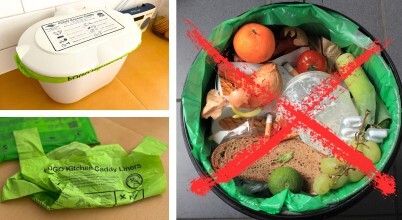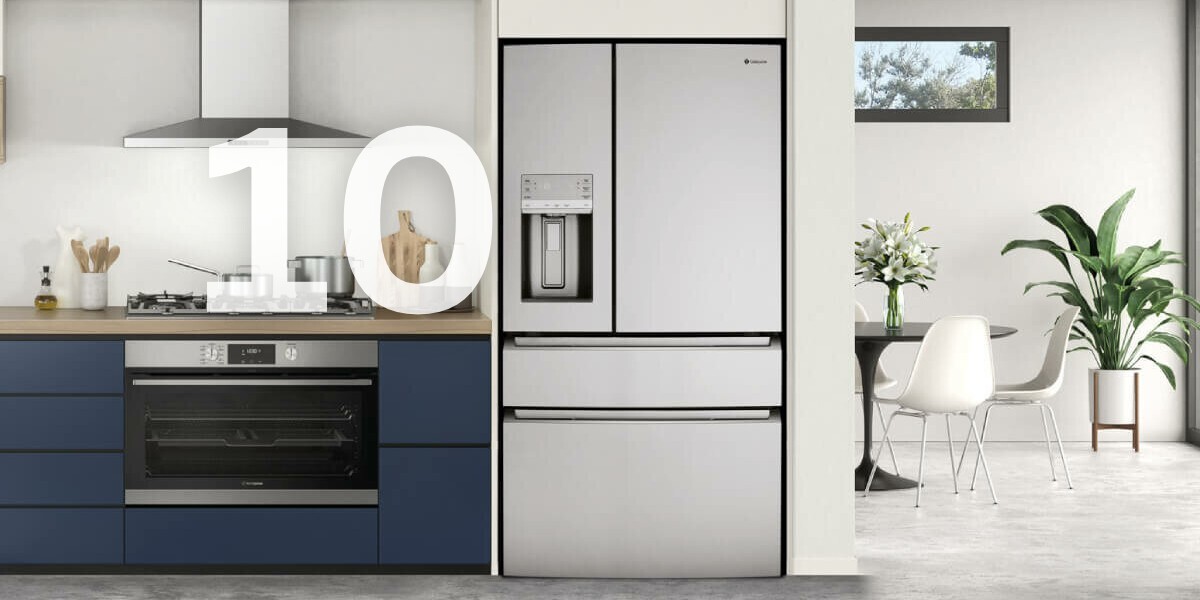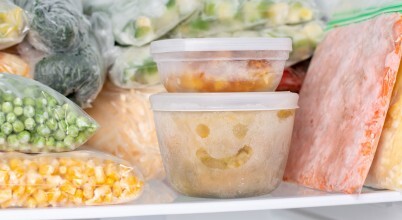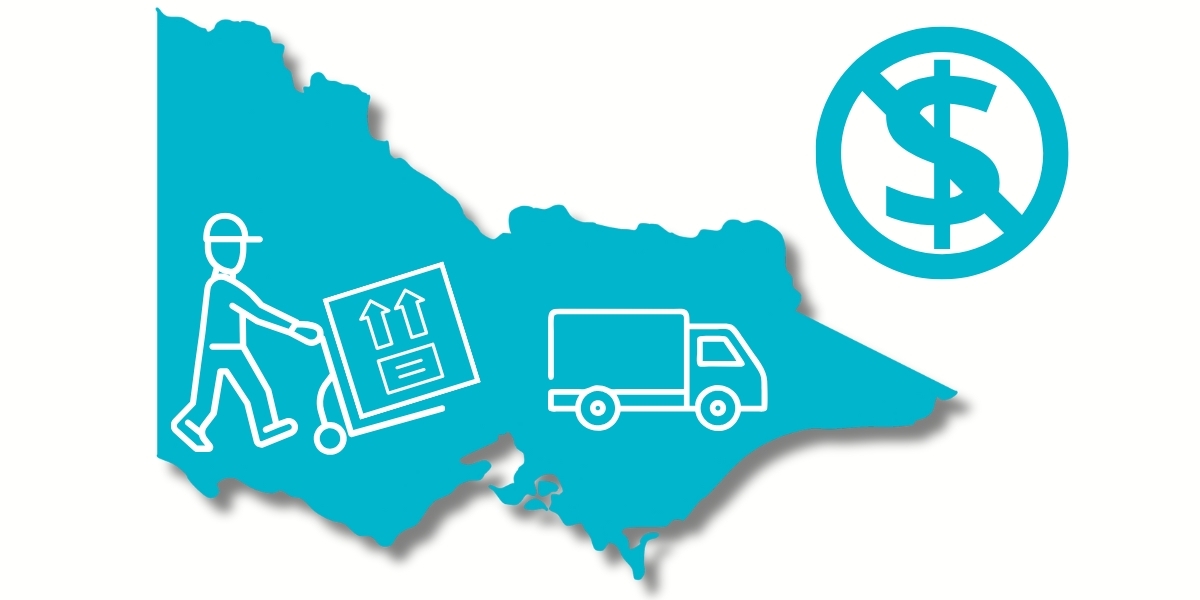
Kitchen
All things cooking, cleaning, chilling and more for the hard-working heart of your home.
ECO & SAVE | 31 MAY, 2024
6 MIN READ
How much does it cost to run your appliances - and how to reduce it
Household appliances burning through your cash?
Regular household kitchen and laundry appliances account for around half of the energy used in your home. The rest of the energy use is predominantly down to heating and cooling.
A report by the ABC put the figures at 9 per cent of power being used for fridges and freezers (in fairness, they do run 24/7) and 15 per cent on small appliances like kettles, irons, and vacuum cleaners. These days, the majority of Australian households use dryers, and if you have a vented-style model, it could be one of the main energy-guzzlers in your home.
The actual running costs of your appliances can be worked out using an appliance’s wattage and your electricity tariff. The electricity tariff is the cost of each kilowatt hour of electricity. The price of electricity varies by location and provider, and off-peak plans can allow you to pay lower rates for electricity during the night. However, in many States and Territories, the average cost of electricity is around 30 cents per kW hour. As an example of how this works, a 2kW fan heater would cost 60c per hour to run. The following lists use this method and assume usage based on an average four-person household.
How much does it cost to run your kitchen appliances?
Fridge (500litre capacity) - $7-14 per month
Bar Fridge (100 litre capacity) – $3-$6 per month
Freezer (chest or vertical, 300 litres) – $6-$8 per month
Microwave Oven – 30 cents per hour
Oven (conventional or fan forced) – 75 cents per hour
Cooktop (one burner on maximum setting) – 40-60 cents per hour
Toaster (two slice) – 25 cents per hour
Blender/Food Processor – 18 cents per hour
Dishwasher – 45 cents per hour
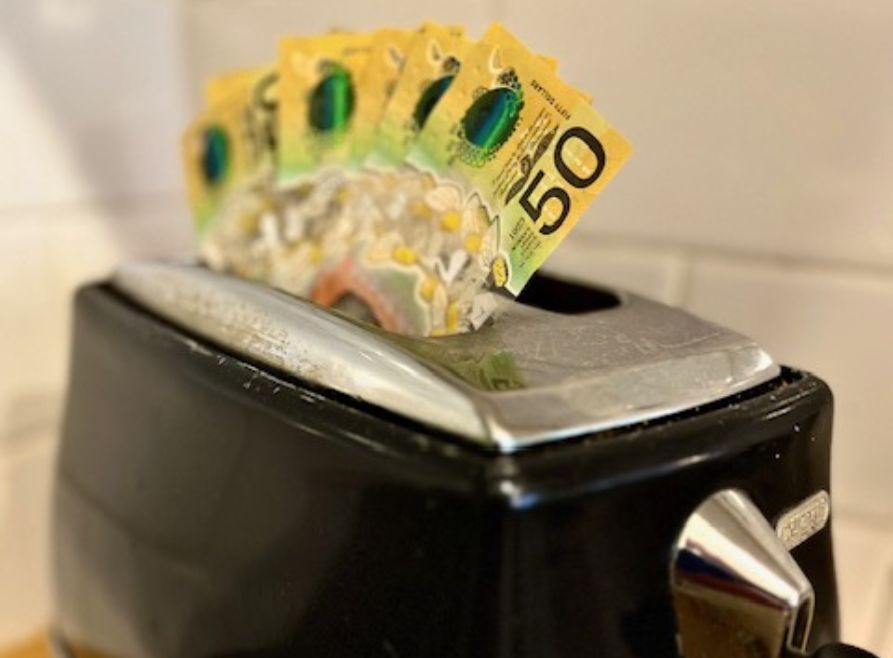
The figures for these kitchen appliances - and the various other appliances we'll look at below - are averages. The energy demands of appliances vary according to their individual wattage and energy efficiency features. For example, a 500 litre capacity fridge with a 6 star energy rating may use half the amount of power of a similarly sized fridge with a 3 star rating even though they are both running continually, day and night, all year.
How much does it cost to run your laundry appliances
Front load washing machine – 20 cents per hour
Top load washing machine – 28 cents per hour
Vented dryer – $1-$1.20 per hour
Heat pump dryer - 20-25 cents per hour
Iron – 42 cents per hour
Vacuum cleaner – 30 cents per hour

It's worth noting that although the hourly cost of a heat pump dryer is much lower than that of a vented dryer, the drying cycles of heat pump dryers are typically a lot slower. This means that it might run for twice as many hours as the vented model, or more. However, even with longer drying cycles, the heat pump will cost significantly less to run overall. i.e. 3 hours at 20 cents per hour is still half the cost of one hour at $1.20 per hour.
Washers and dryers also vary in size, so the average costs shown here are based on mid size options. Extra large 12kg capacity washing machines, for example, can cost considerably more to run than 6kg capacity models. However, the 12kg washer would allow you to clean double the amount in one go, which would be cheaper than running two smaller loads in the 6kg machine, due to efficiencies of scale.
Using a cold wash cycle can also reduce wash costs because a large component of laundry power use comes from heating water in the washing machine.
How much do living room appliances cost?
TV (65 inch 4K) – 6 cents per hour
Soundbar with subwoofer – 5 cents per hour
Stereo - 5 cents per hour
Laptop computer – 2 cents per hour
Smartphone or tablet – 3-6 cents per day
How much does it cost to heat and cool your house?
OK, this is the big one. Heating and cooling systems aren't factored into the 'household appliances use half of the energy in your home' statement. In fact, they tend to account for the other half of the energy used.
Split system air conditioning units vary greatly in size, from 2kW to 10kW. The higher the kW, the larger the area the unit can cool effectively. A common size range is 2.5-3.5kW, so for the example below we'll use 3kW as the average.
For both cooling and heating, the temperature you set the appliance at, and the original air temperature in the room, will also affect the energy demand and therefore the cost. The same principle applies to electric water heaters.
Split system reverse cycle air conditioner – 65 cents per hour (set at 24°C on a 30°C day)
Ducted Reverse Cycle Air Conditioner – 55 cents per hour (to cool a single zone, the same size area as 3kW split system air con)
Fan (portable or ceiling) – 1.5 cents per hour
Panel and column heaters – 40-60 cents per hour
Electric hot water system – $1.10 per hour
Electric heat pump hot water system – 40 cents per hour
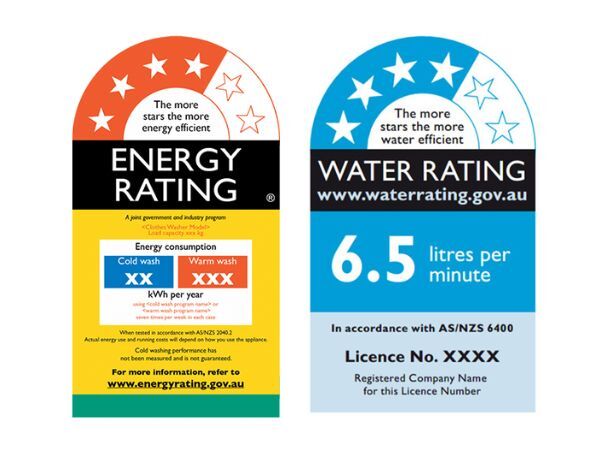
How can you save money on household appliance energy bills?
Appliances on standby use a small amount of power, constantly. This is called ‘phantom load’ or 'vampire power' and it can account for up to 10 per cent of your energy bill! You can avoid using this excess electricity by switching appliances off at the wall. Easy done.
Specific appliances can be used more efficiently as well. When using a dryer, for example, try to separate light items from heavy items; dry full loads rather than single items; and do multiple loads in a row to make the most of the residual heat in the dryer.
With fridges, temperature settings can be adjusted so perhaps only the beer fridge really needs to be uber cold. In the kitchen, try using the appropriately sized saucepan for the element.
Remember that energy star ratings are a useful way of gauging the efficiency and running costs of new appliances. When you're shopping for new washers, dryers, fridges, dishwashers and other appliances, you can filter your search by energy efficiency and, for applicable items, water efficiency, so you can consciously choose products that will be cheaper to run in the long term.
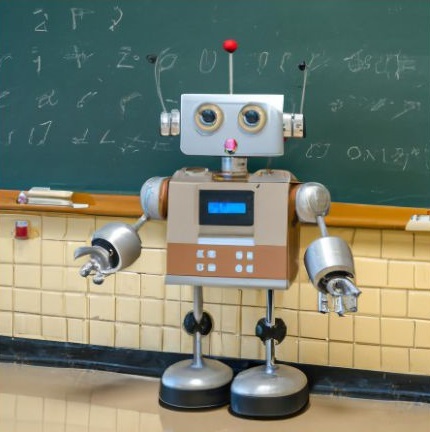
A self-confessed lazy-bones, Keri seeks out quirky technology that eases the human workload. Her favourite household appliances are robotic vacuum cleaners and fridges that tell your smartphone when it's time to pick up more beer on the way home. Magic.
Latest Articles
ECO & SAVE
3 DECEMBER 2025
Why food scraps are a bigger problem than you think
There’s a better way to dispose of food waste
KITCHEN
2 DECEMBER 2025
Our Top 10 best selling French door fridges in Australia 2025
We look at capacity, energy efficiency, features and prices
KITCHEN
1 DECEMBER 2025
How long does food keep for in the freezer?
Smart freezing tips to reduce food waste
HOME LIVING+
28 NOVEMBER 2025
Yes - we have free delivery for appliances in Melbourne and VIC!
Why pay for delivery when you can get it for free?
More Like This
ECO & SAVE
3 DECEMBER 2025
Why food scraps are a bigger problem than you think
There’s a better way to dispose of food waste
KITCHEN
2 DECEMBER 2025
Our Top 10 best selling French door fridges in Australia 2025
We look at capacity, energy efficiency, features and prices
KITCHEN
1 DECEMBER 2025
How long does food keep for in the freezer?
Smart freezing tips to reduce food waste
